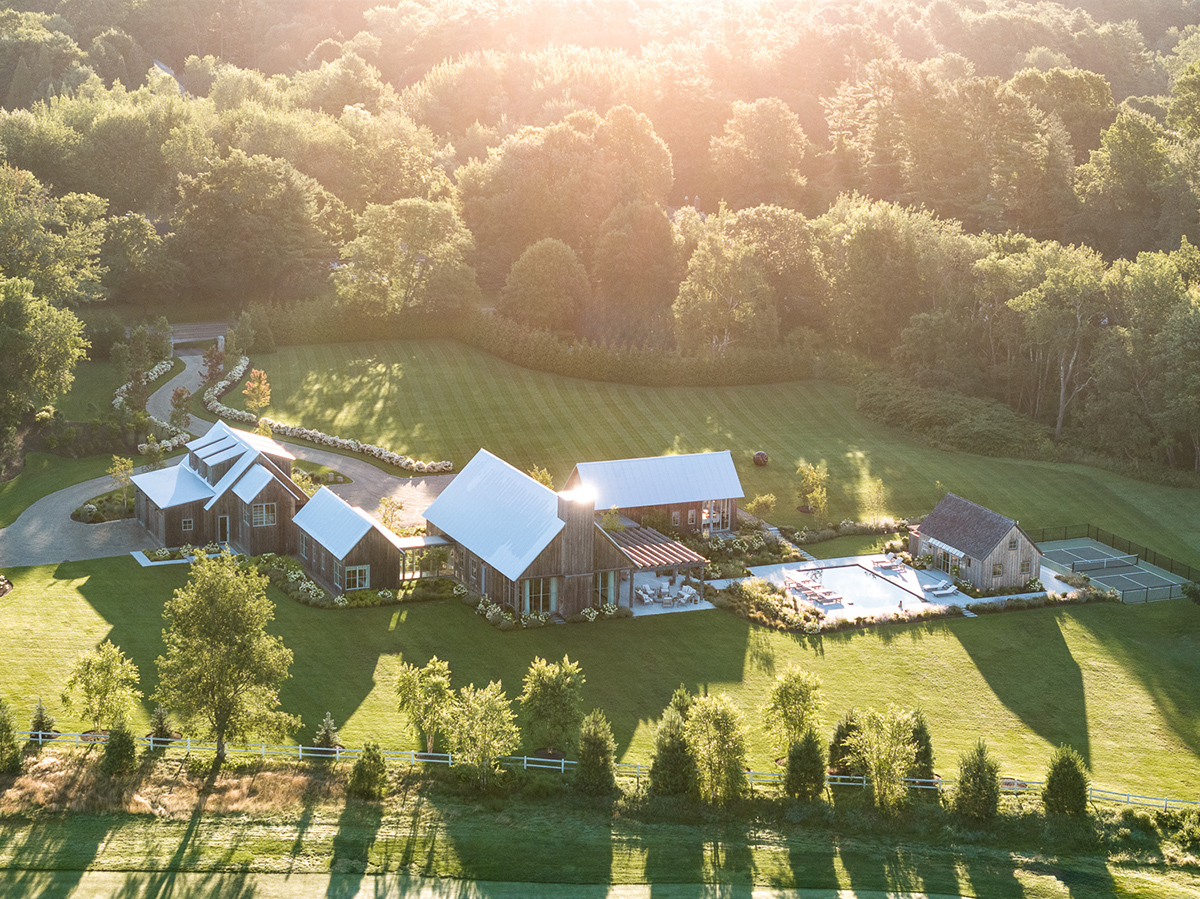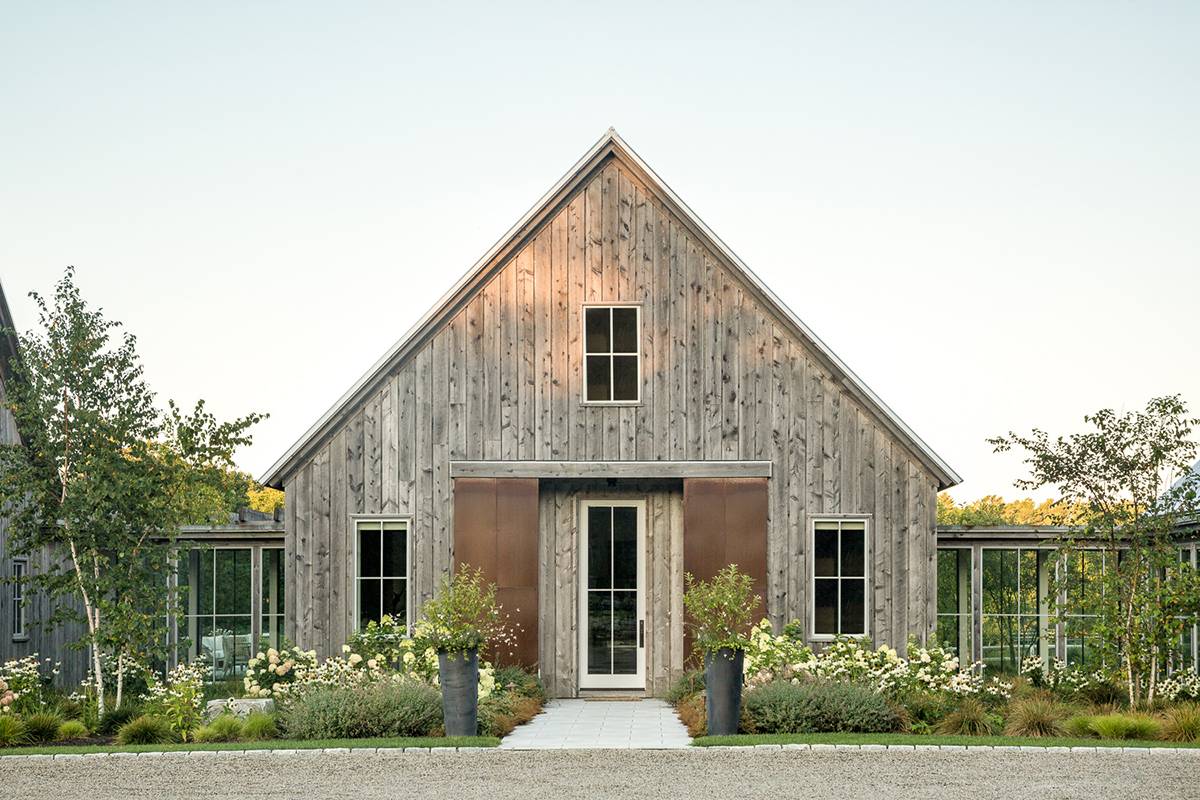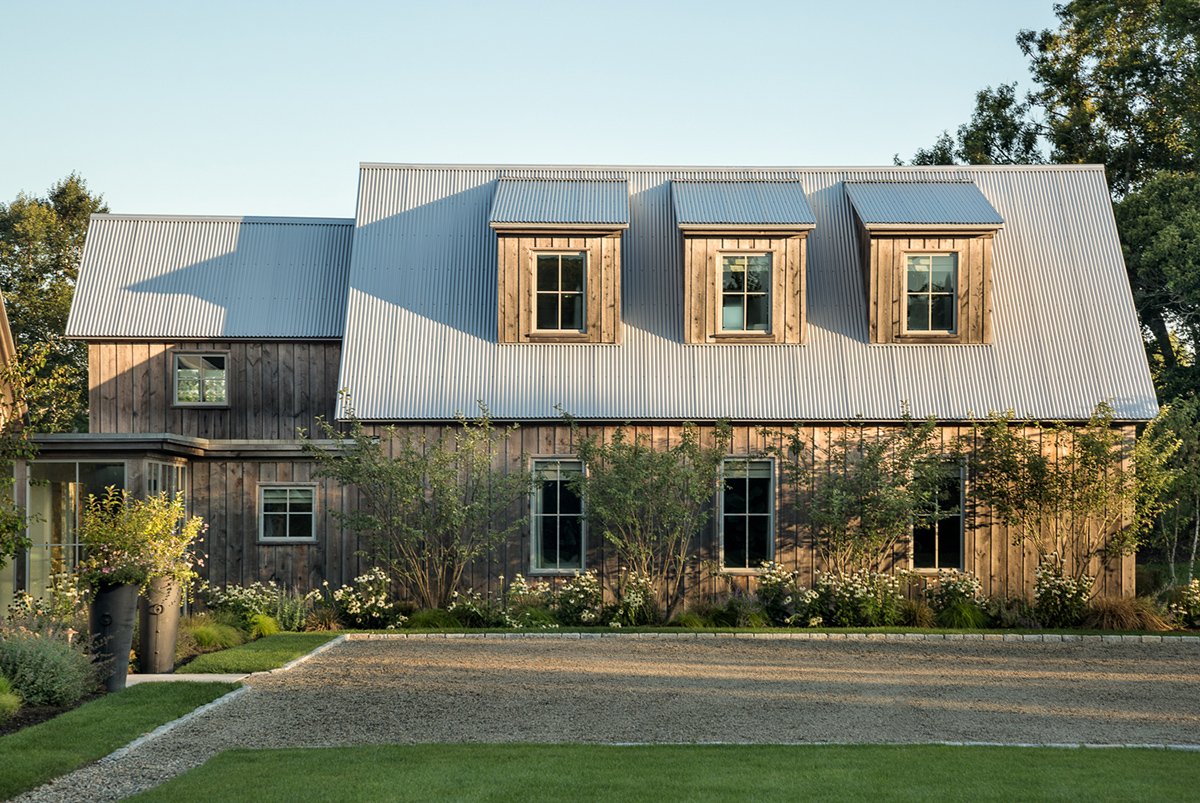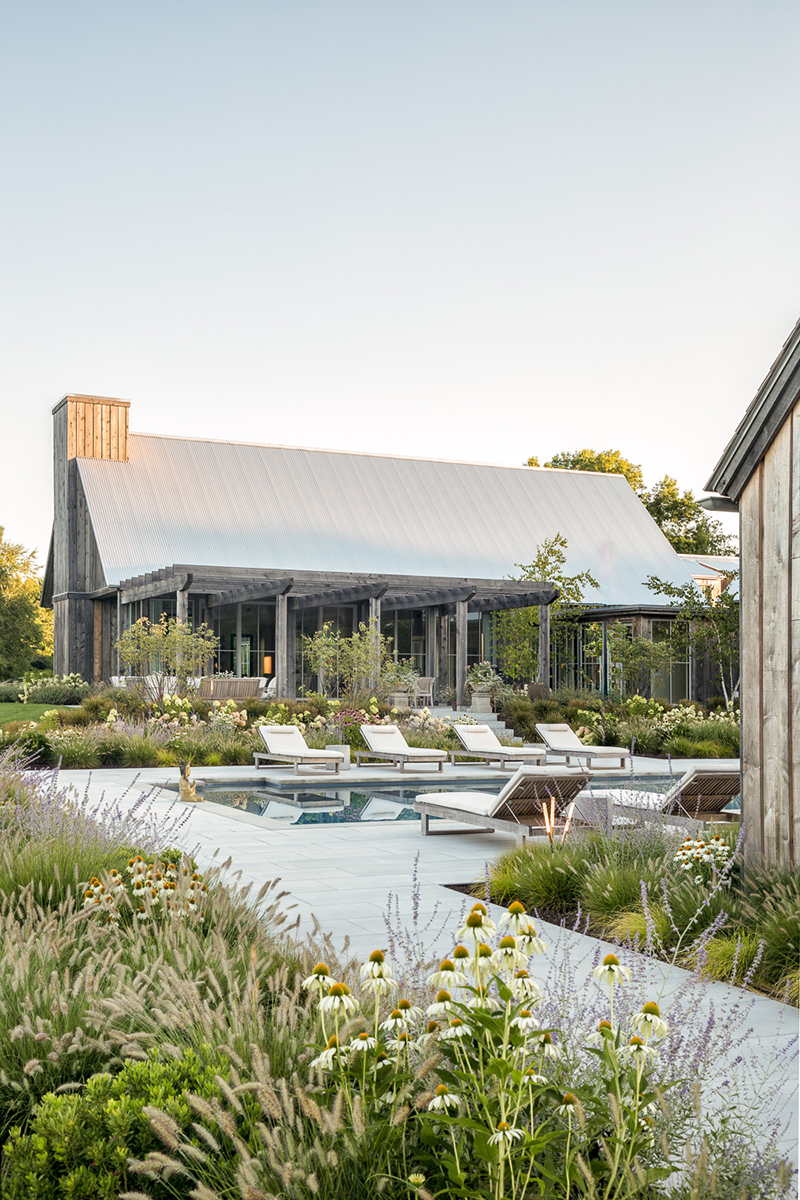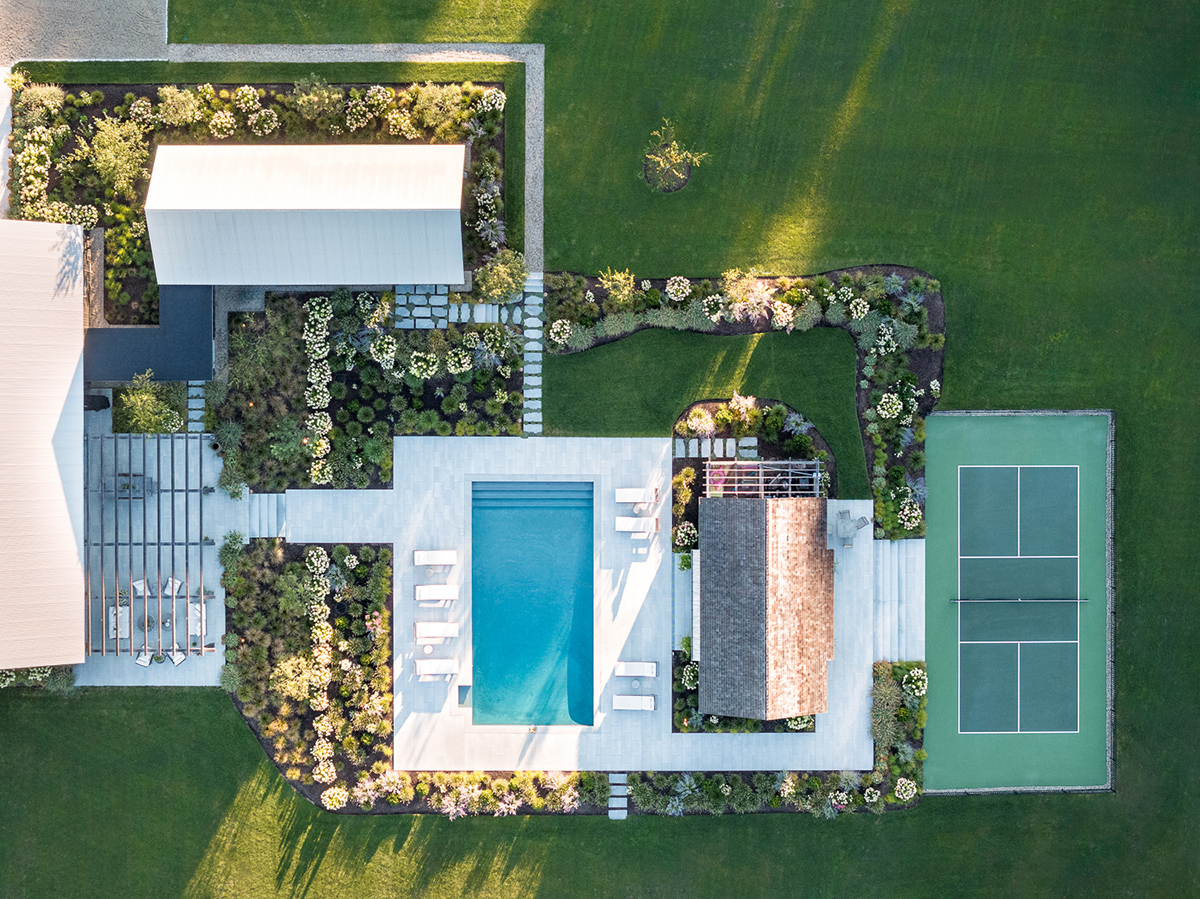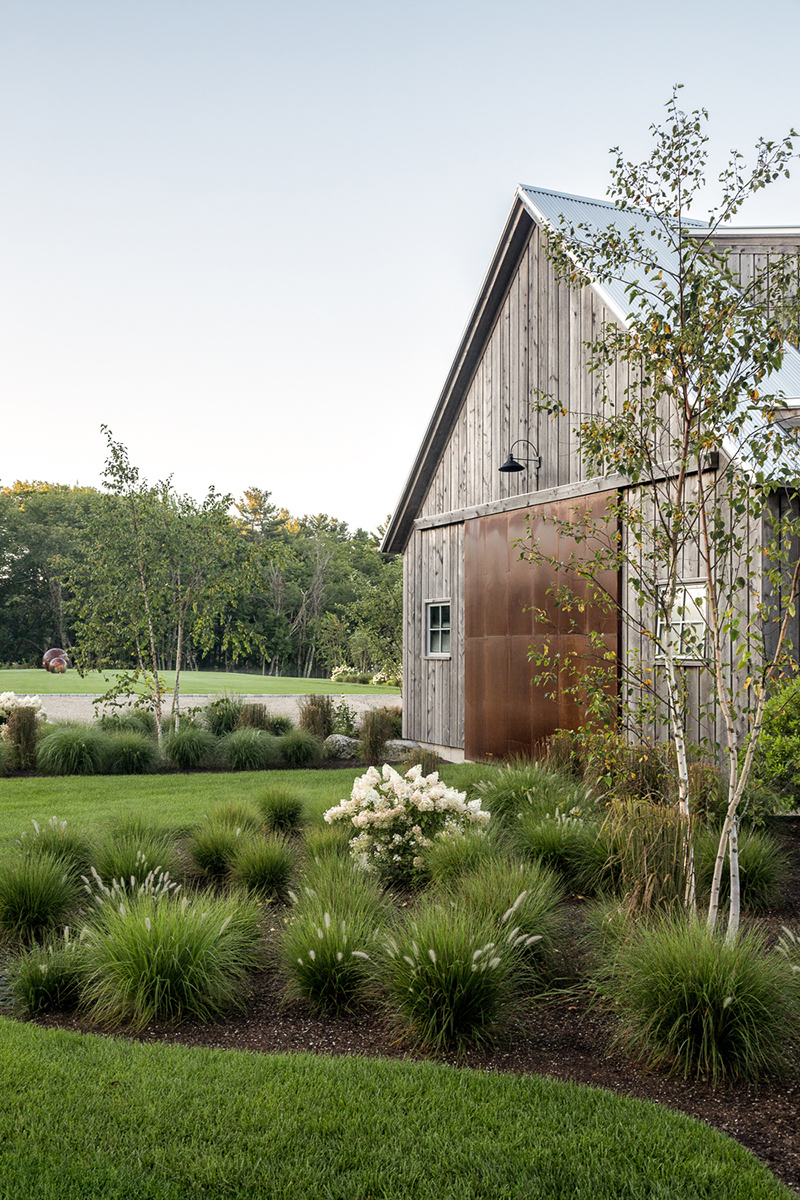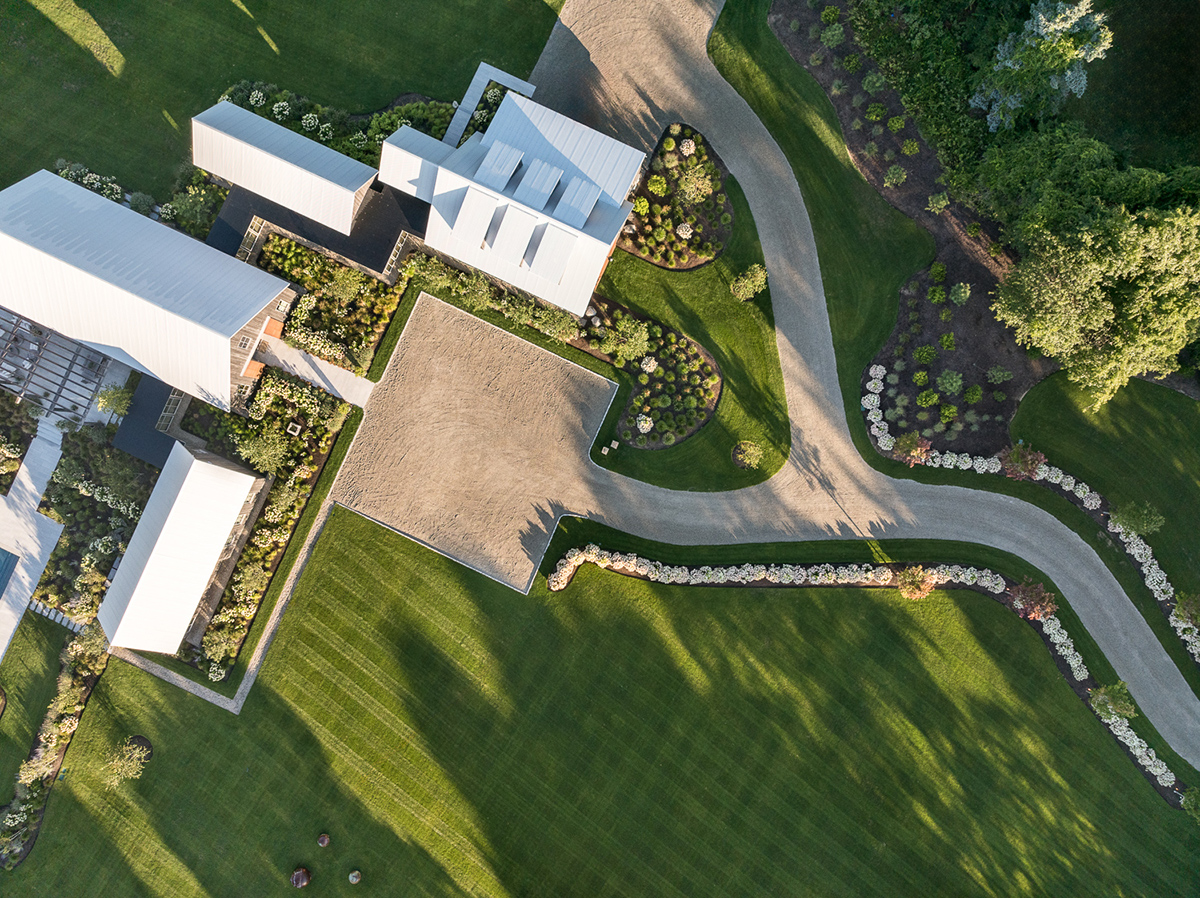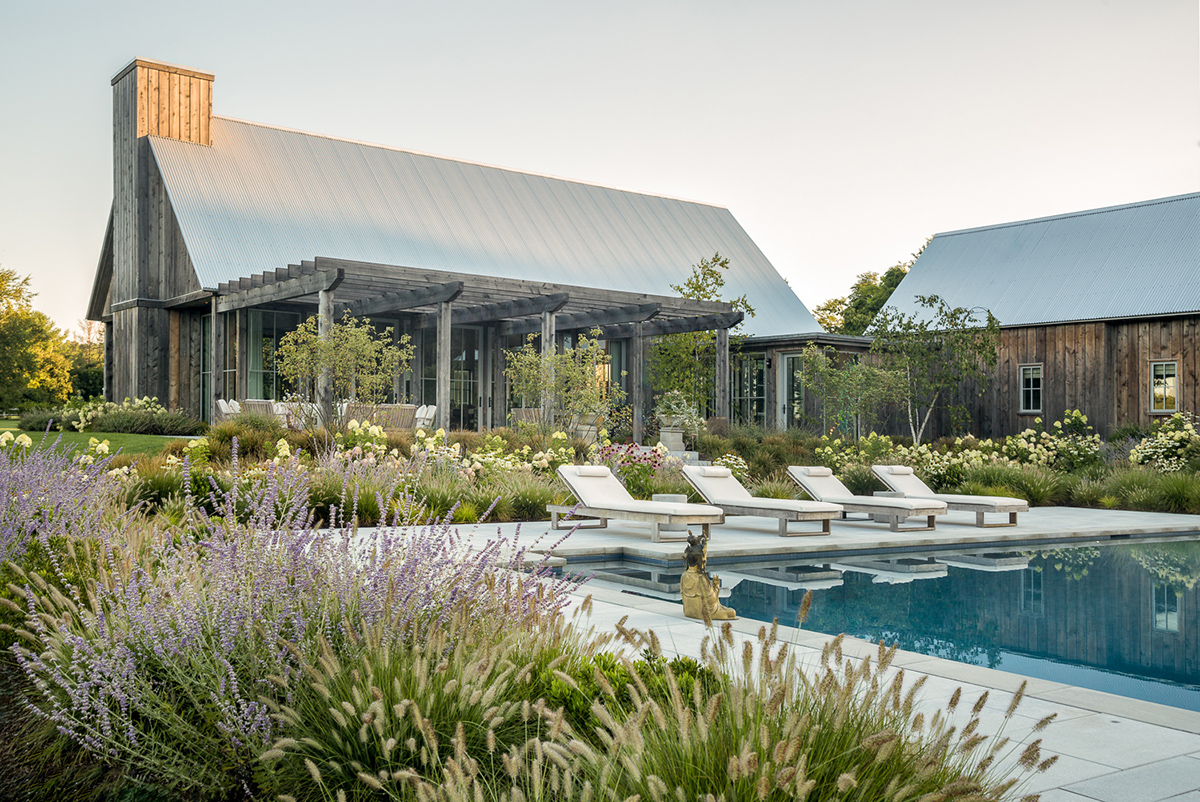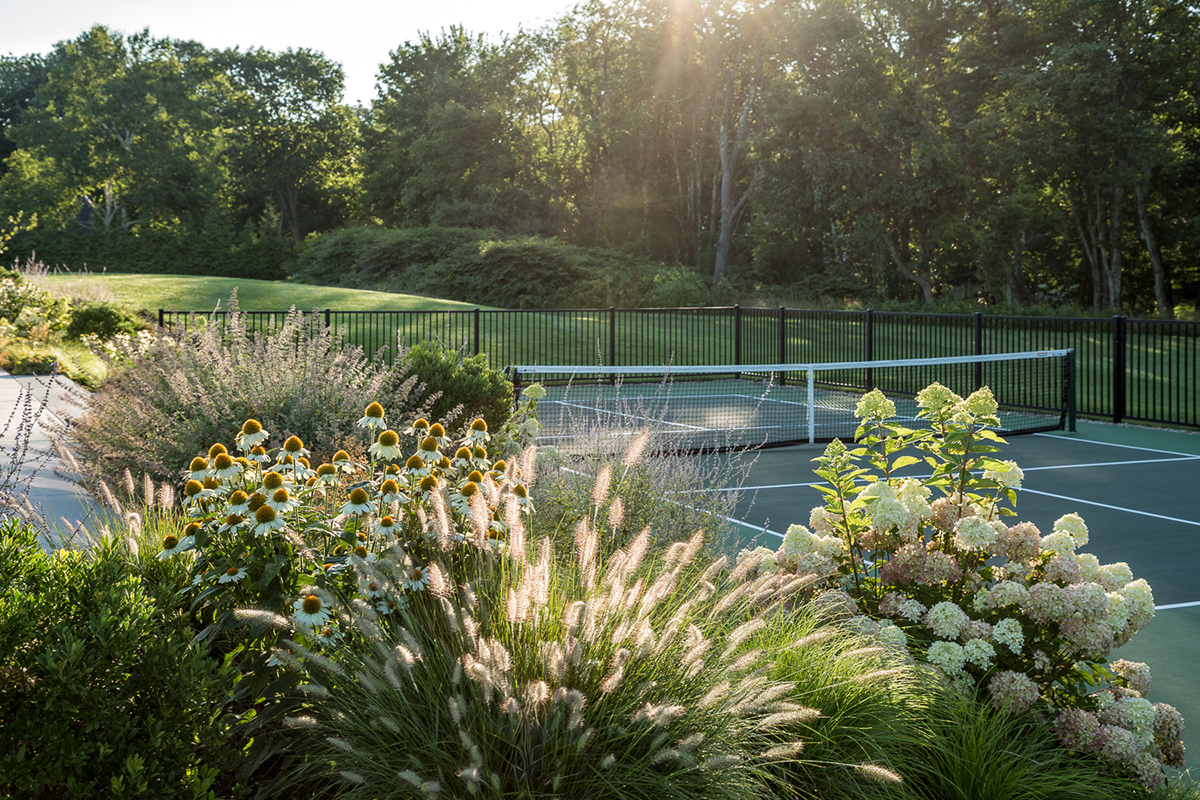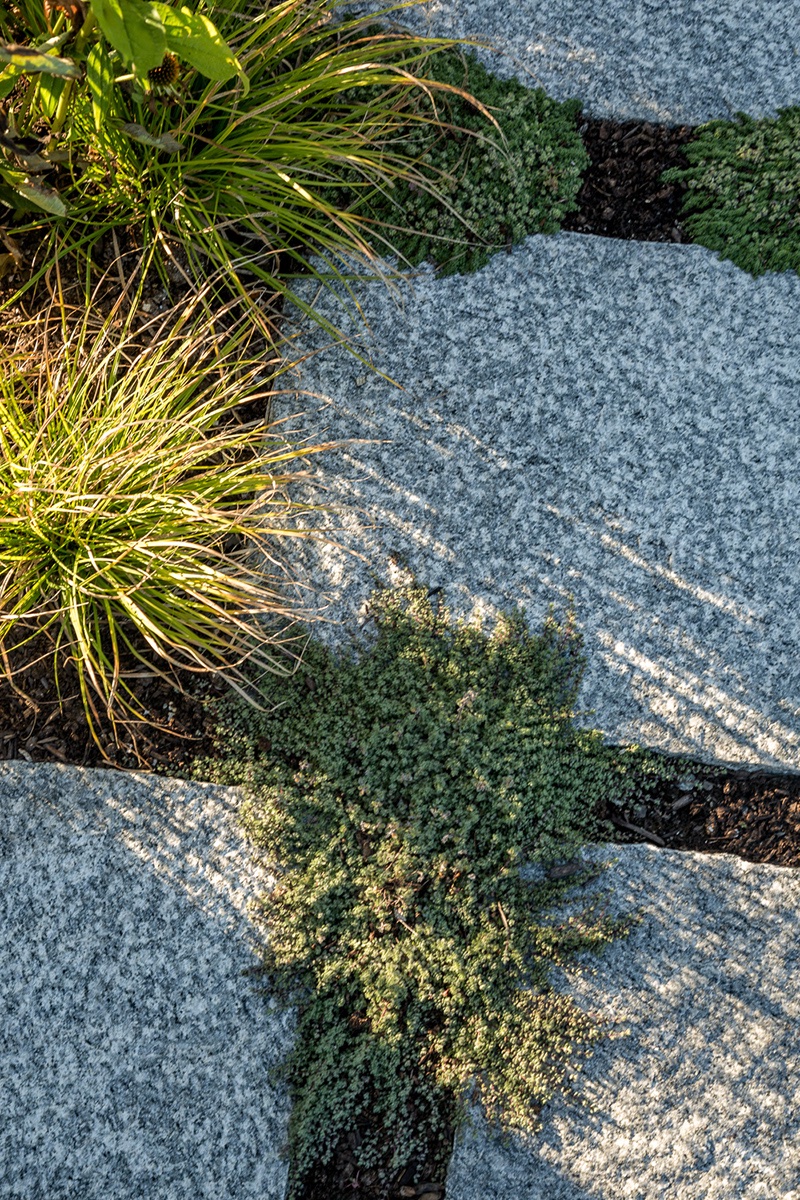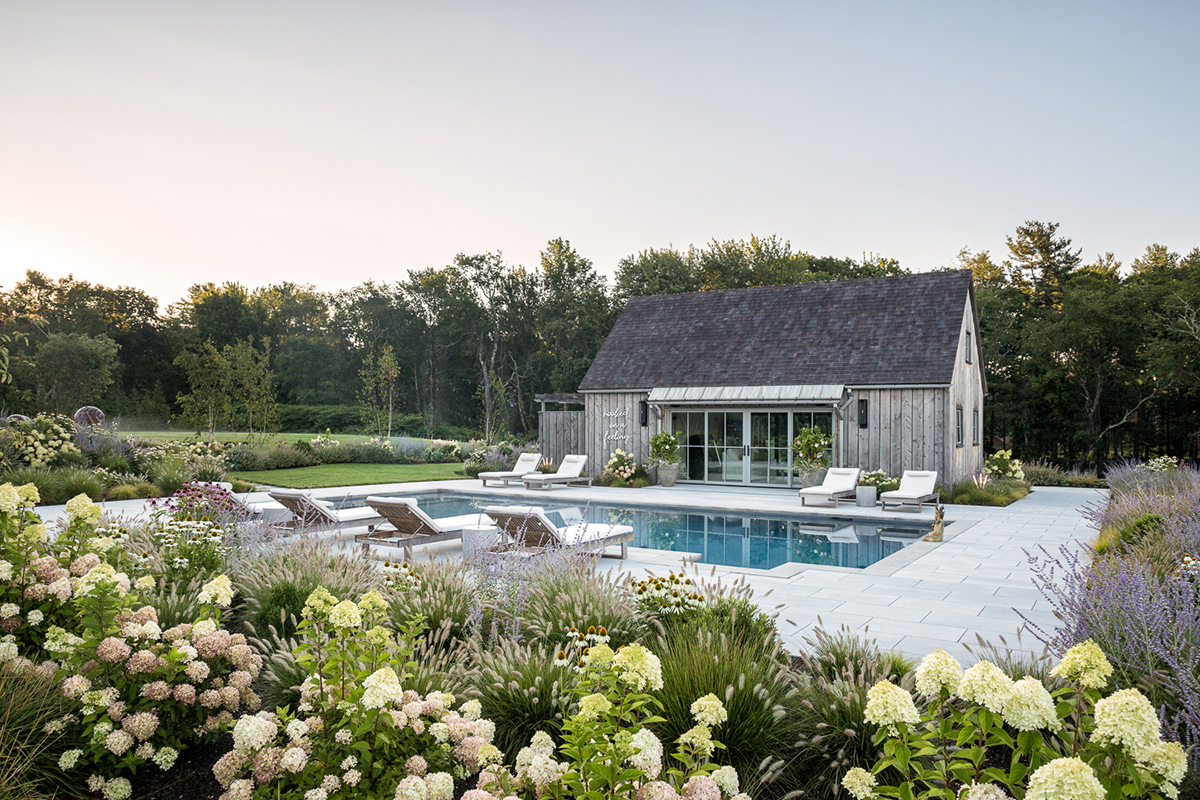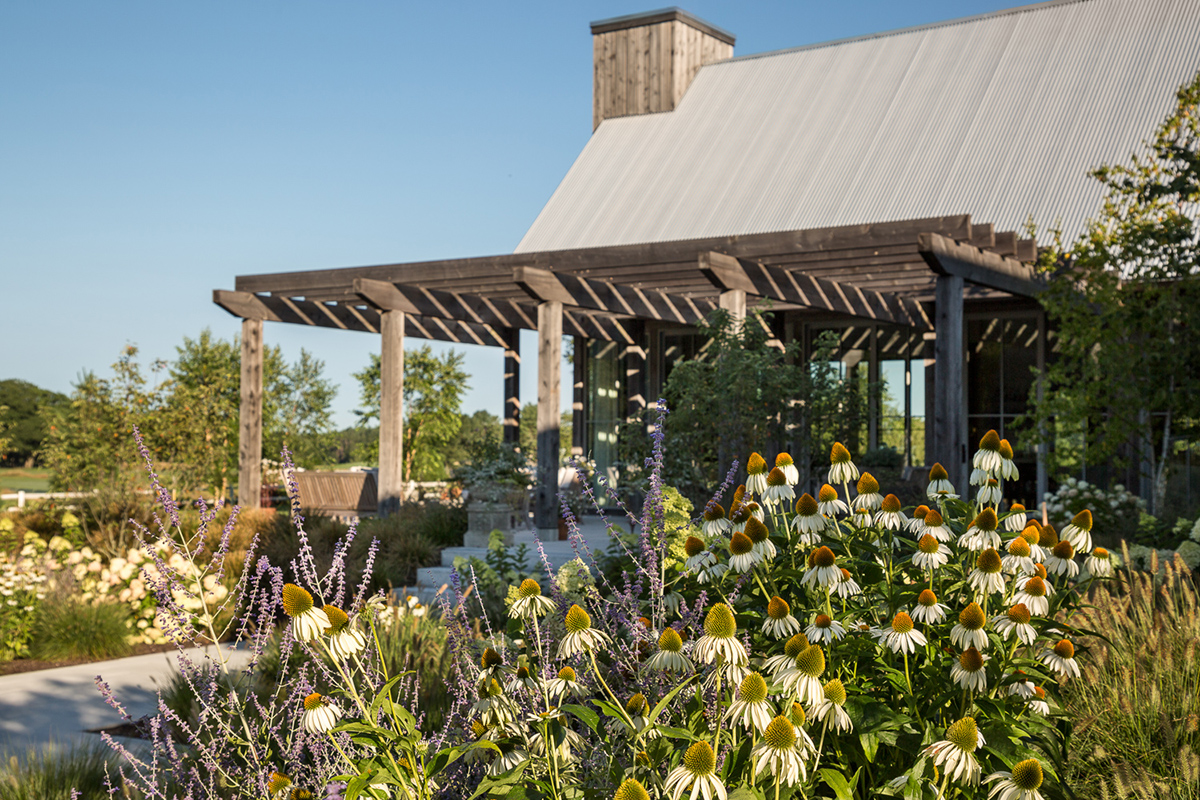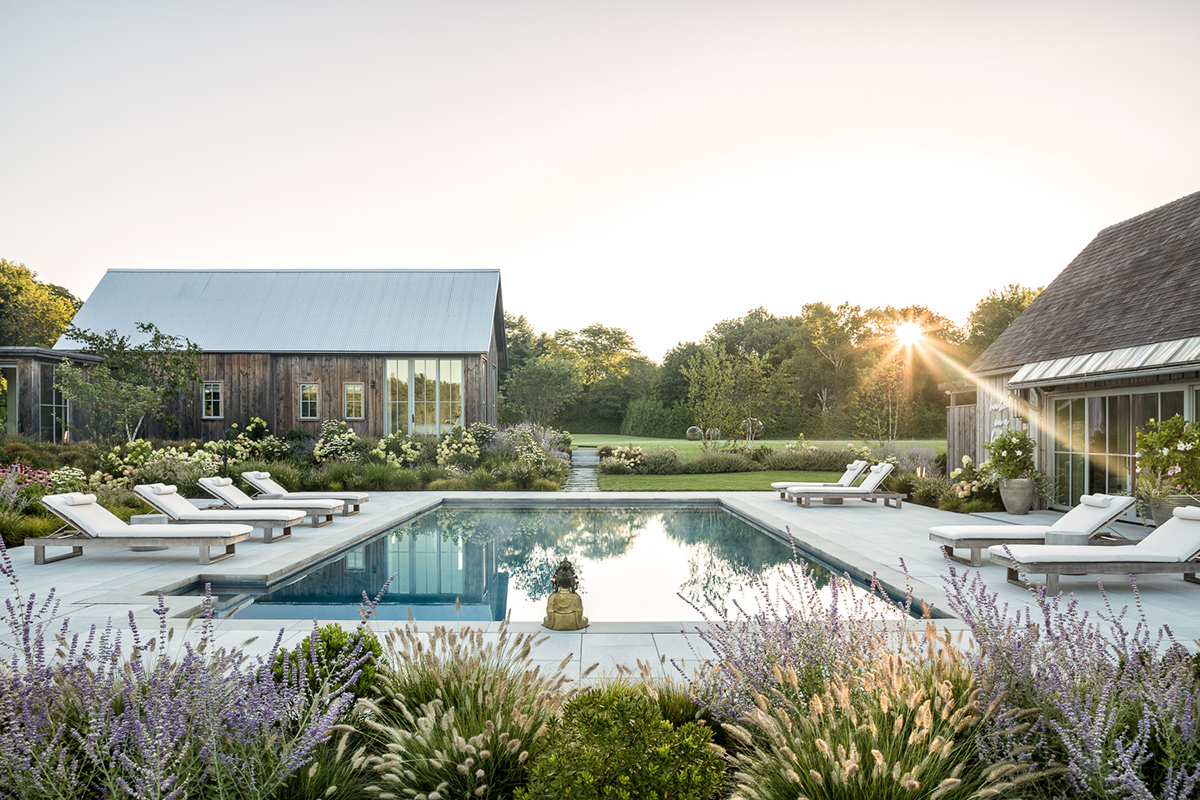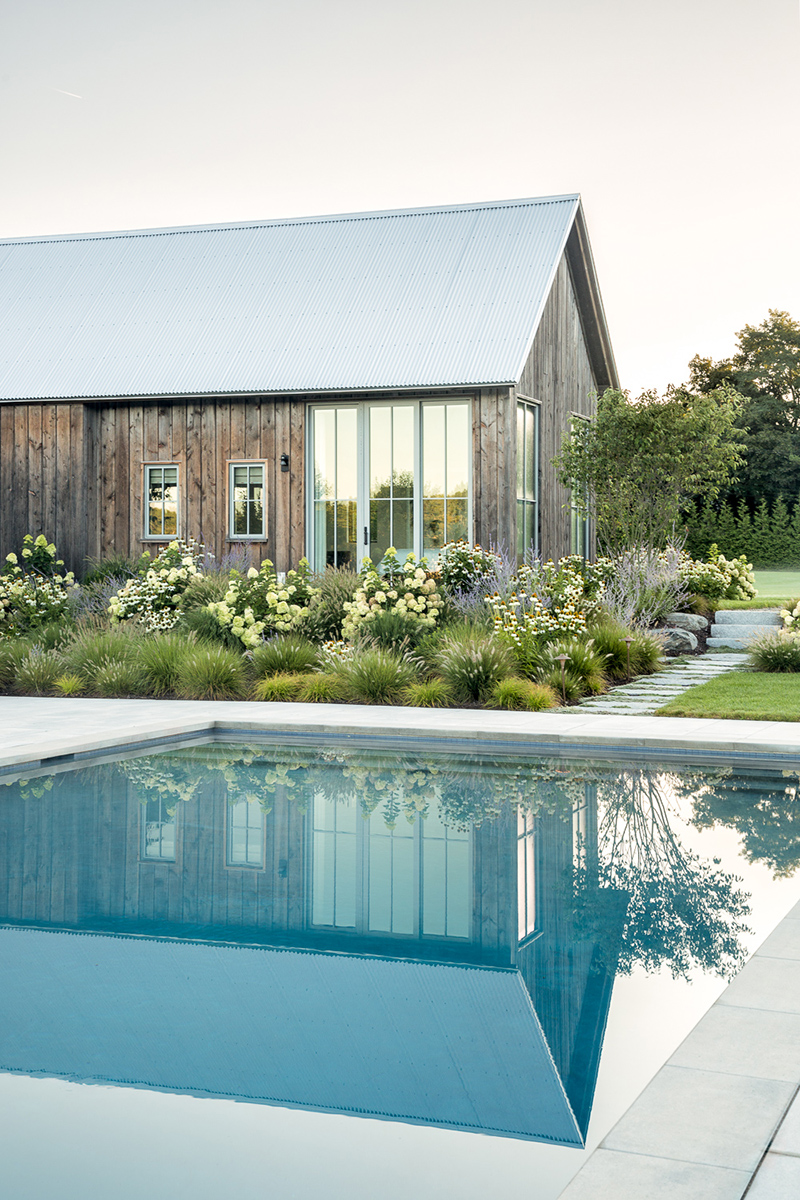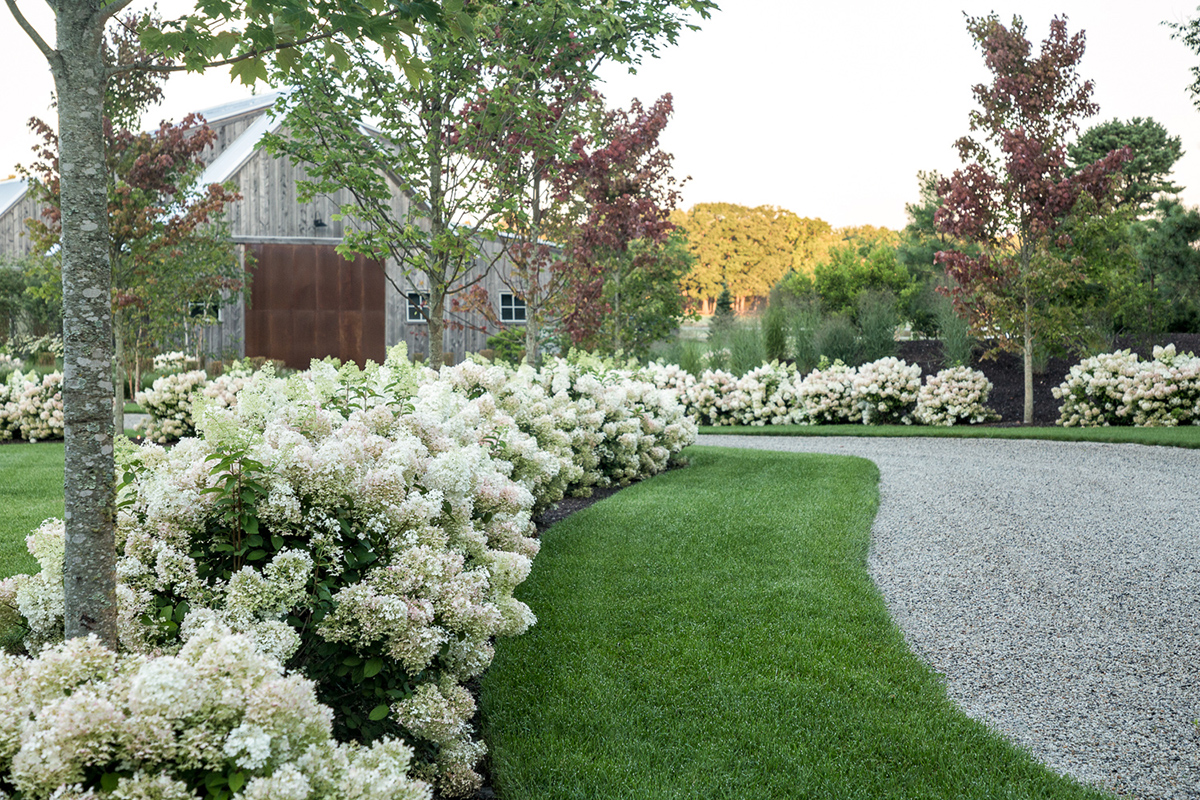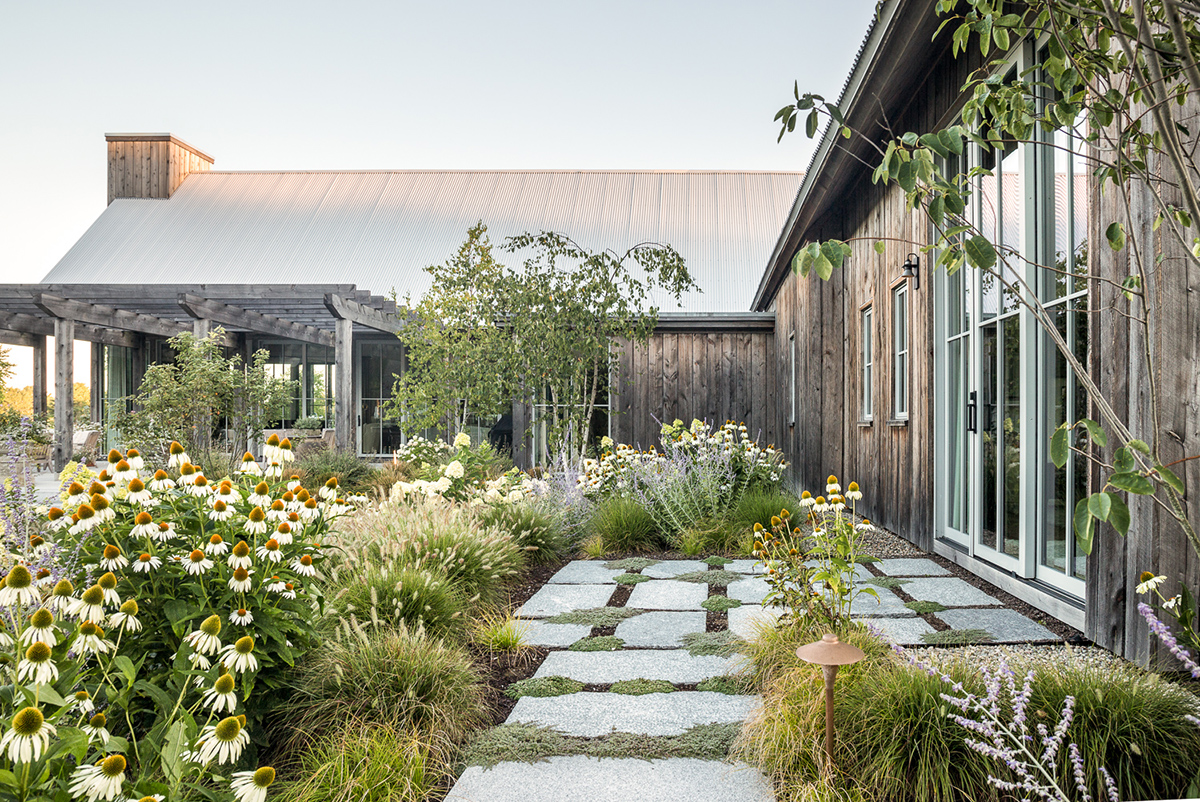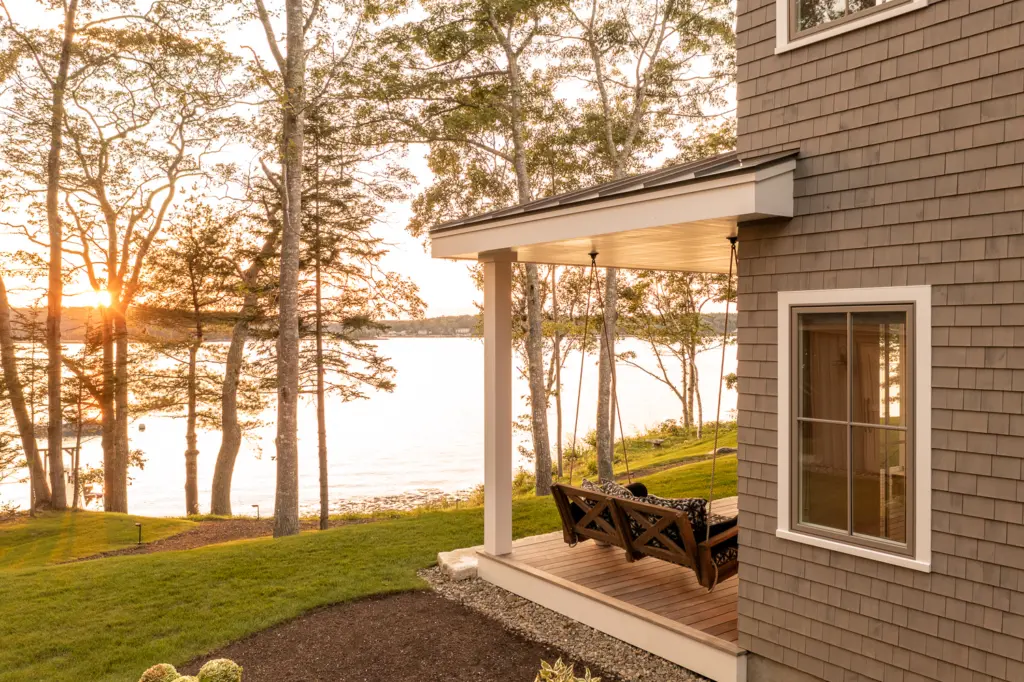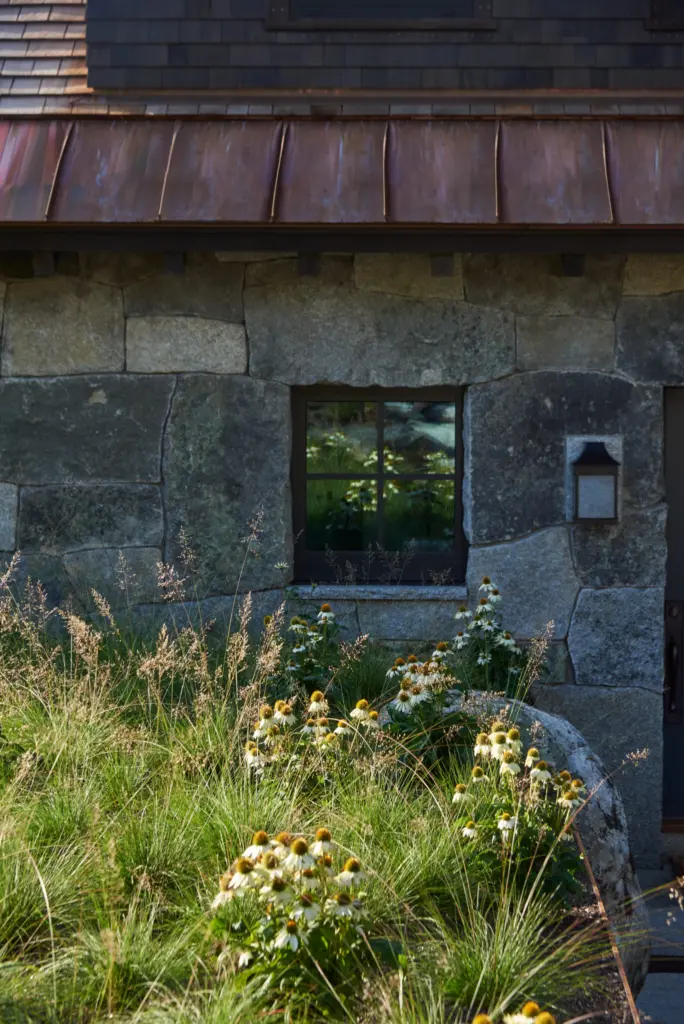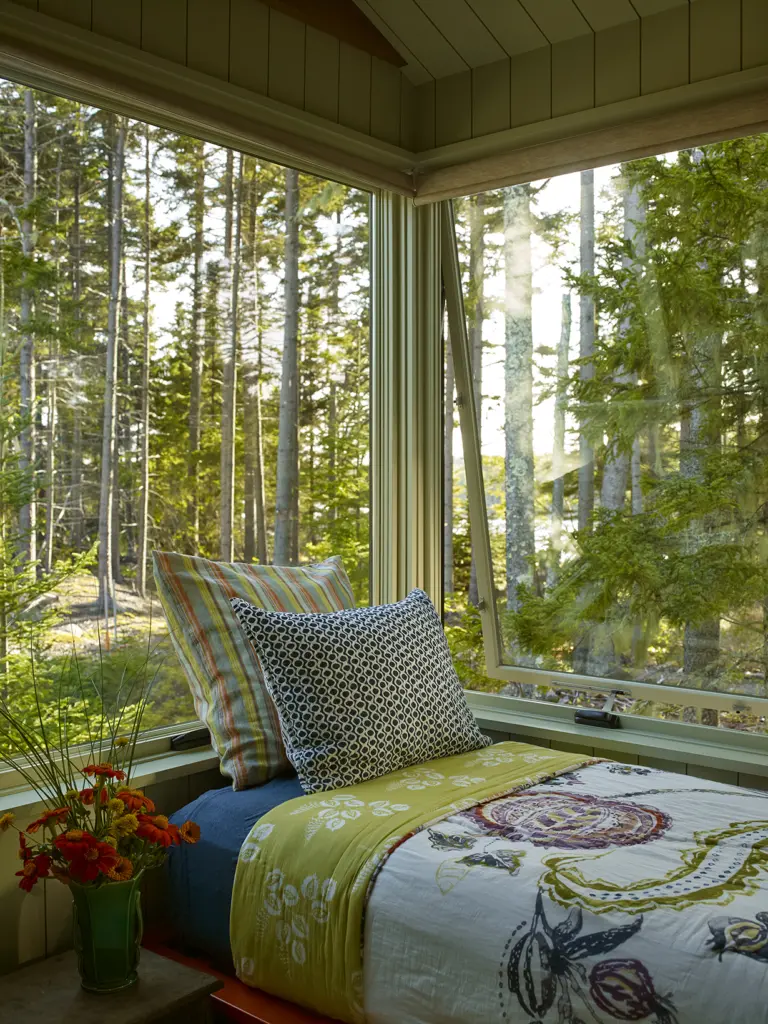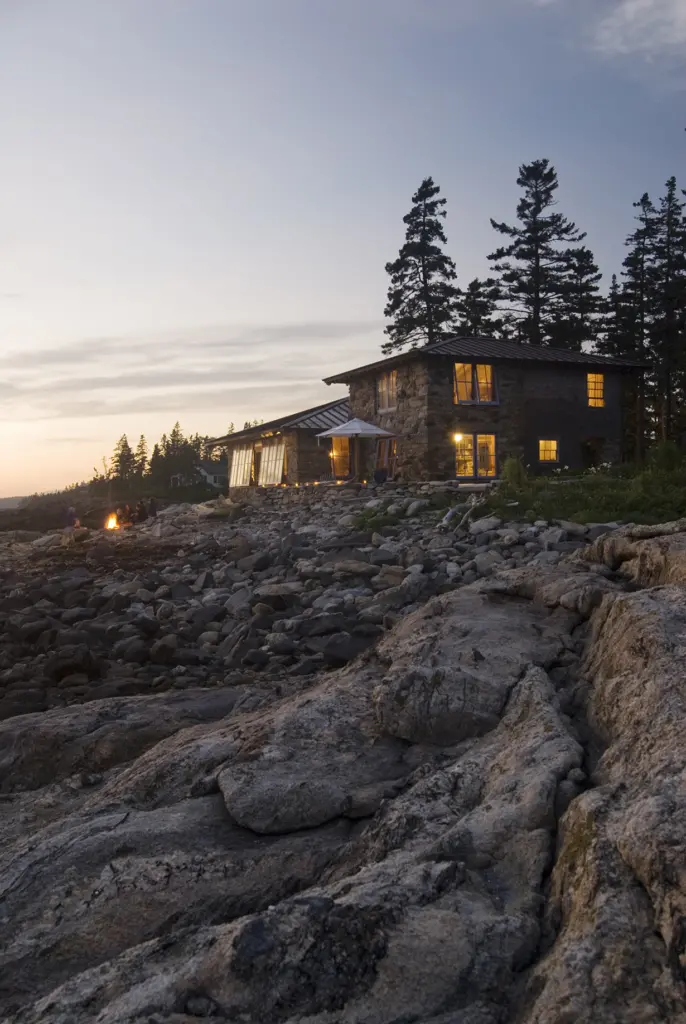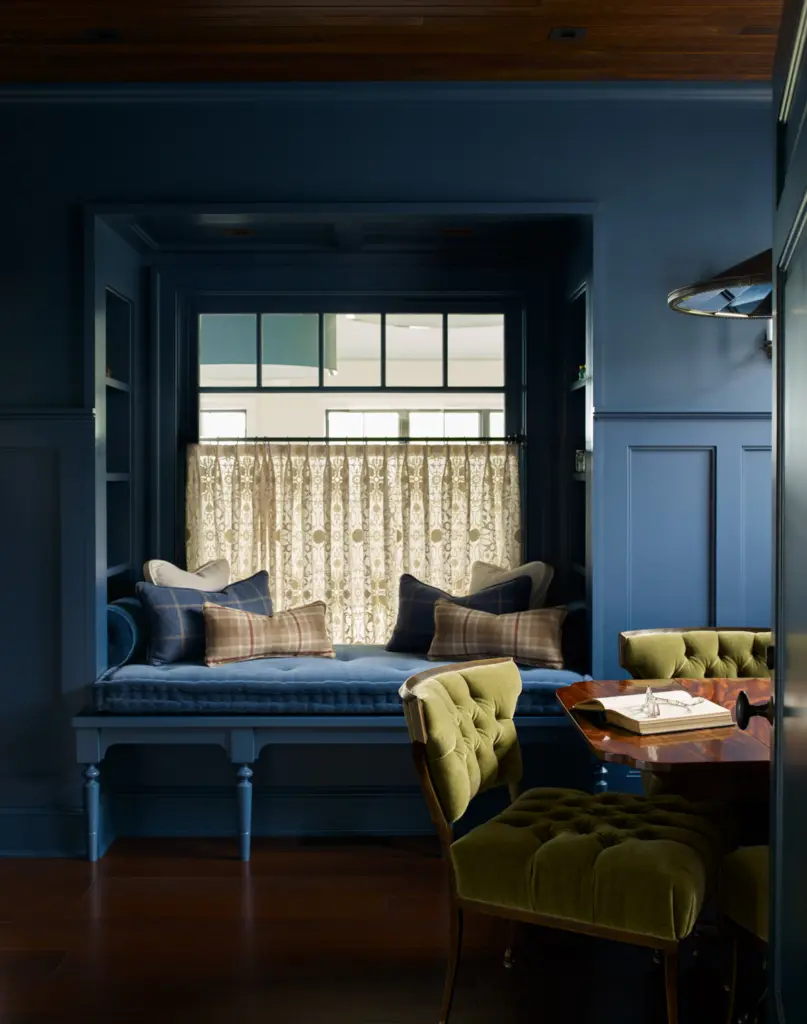Rooted in renewal
Once a thriving berry farm, Still Meadow had sat fallow for years. When the property’s new steward imagined a retreat for connection, privacy, and play, Knickerbocker Group was brought in to lead a comprehensive master plan and landscape architecture effort that would honor the site’s agrarian legacy while supporting the homeowner’s vision for the future.
Balancing entertainment and quietude, ecology and aesthetics, the design prioritizes sustainability through careful grading and stormwater management strategies, and frames views with plantings that offer both seasonal interest and lasting privacy. The result is not only a tranquil retreat, but a harmonious, enduring landscape that respectfully bridges past and present.
